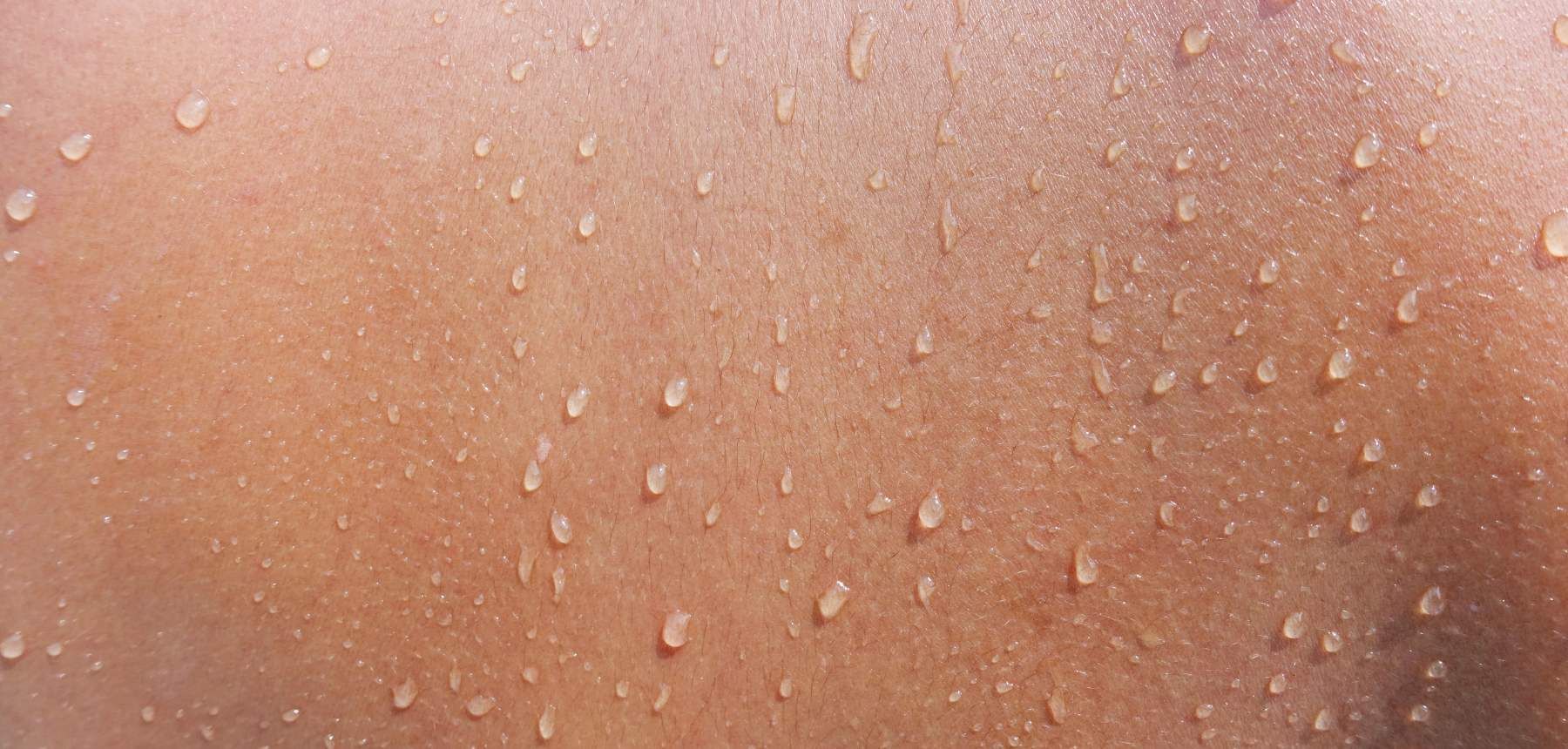
Dermatology
Dermatovenereology is a medical specialty with a vast field of intervention, focusing on the diagnosis and treatment of diseases of the skin, hair, nails, and sexually transmitted infections (STIs). It addresses not only diseases that involve the skin exclusively or predominantly but also skin manifestations of systemic diseases that affect multiple organs and systems.
The most frequent conditions in dermatology consultations that involve the skin exclusively or predominantly include acne, rosacea, eczema, psoriasis, seborrheic dermatitis, contact dermatitis, melasma, moles (nevi), alopecia (hair loss), benign skin tumors (such as fibromas, seborrheic keratoses, angiomas), pre-cancerous dermatoses like actinic keratosis, malignant tumors such as basal cell carcinoma, squamous cell carcinoma, and melanoma. Other common issues include fungal infections (mycoses) of the skin, nails, and hair, bacterial infections, and viral infections like molluscum contagiosum and warts.
In cases where diseases affect multiple organs, examples include lupus, dermatomyositis, scleroderma, and vasculitis. In these instances, a multidisciplinary approach involving collaboration with other specialties is crucial.
In pediatric dermatology, the most frequent conditions are atopic dermatitis, seborrheic dermatitis, acne, moles (nevi), viral infections such as molluscum contagiosum and warts, and bacterial infections like impetigo, among others.
In aesthetic dermatology, personalized cosmetic advice is provided, with the evaluation of aesthetic treatment needs, potential contraindications, and the development of an integrated, multidisciplinary treatment plan.
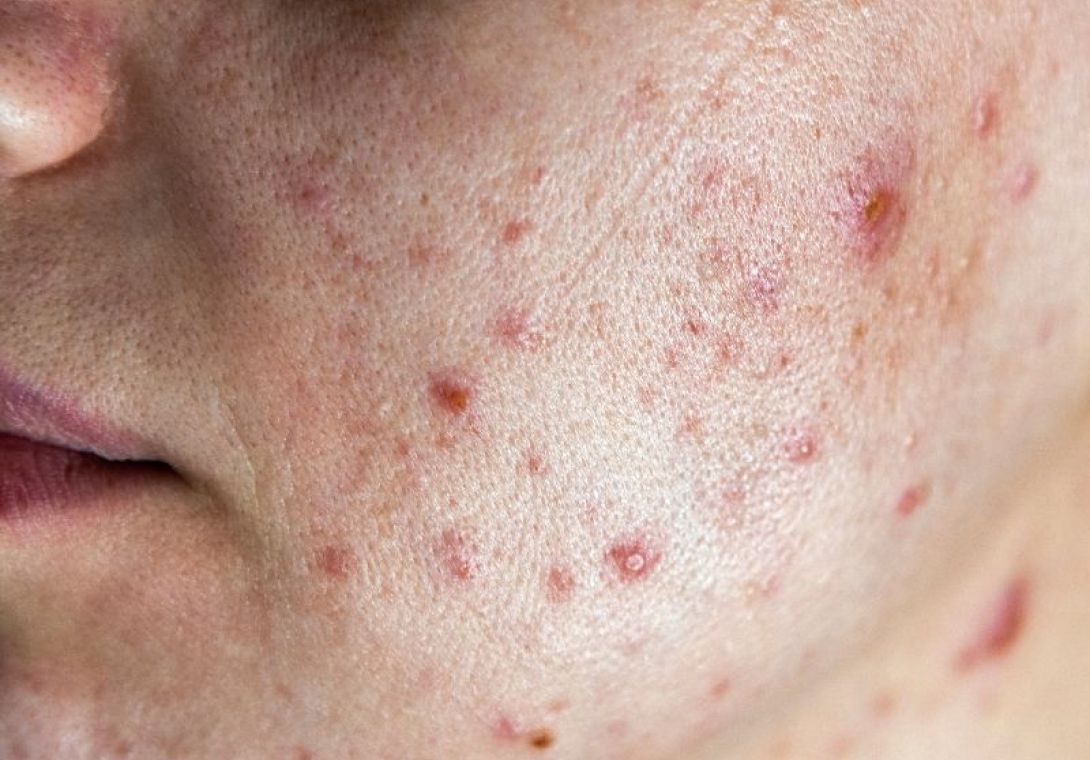
Acne is a common dermatological condition that affects not only teenagers but also adults. It is characterized by the presence of retention lesions, including open comedones (blackheads) and closed comedones (whiteheads), as well as inflammatory lesions such as pustules and papules ("pimples" with and without pus), nodules, and cysts.
The initial phenomenon of acne originates from the obstruction of sebaceous drainage and its retention within the pilosebaceous unit (formation of the microcomedone), followed by bacterial proliferation and inflammatory events. Factors such as hormonal changes, genetics, and the use of certain cosmetic products can exacerbate the condition. Proper treatment, supervised by a dermatologist, is essential to control acne, prevent scarring, and improve the health and appearance of the skin.
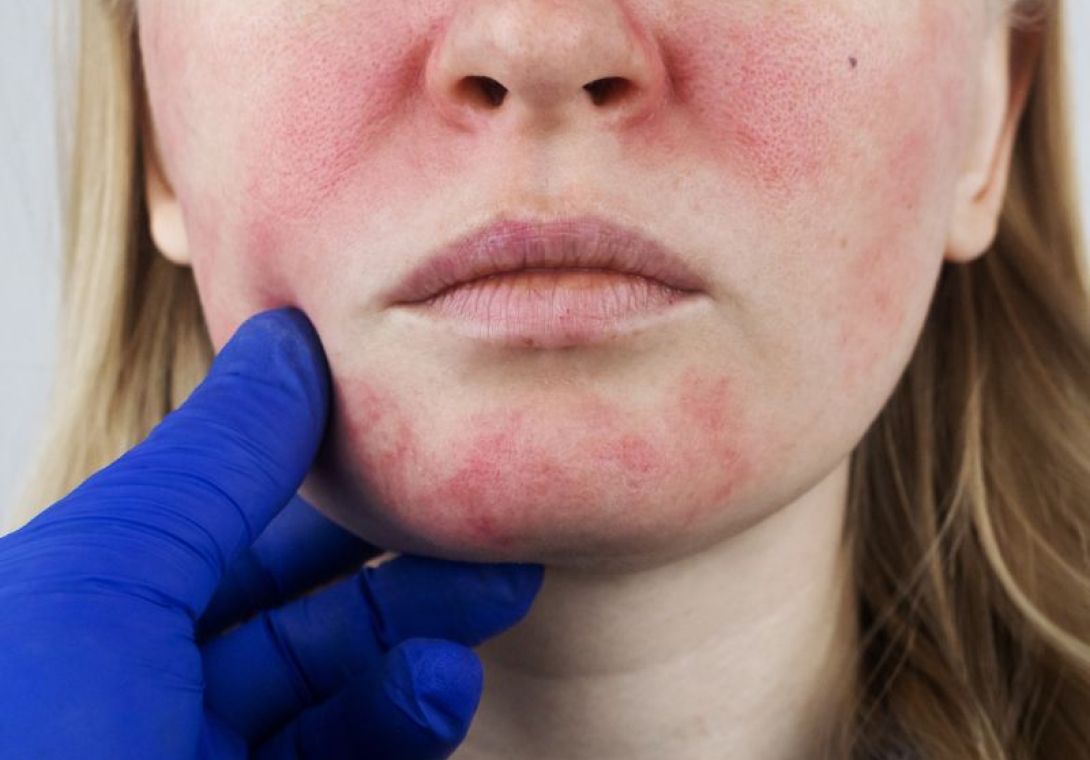
Rosacea is a chronic skin condition that primarily affects the face, presenting as episodic or persistent redness, visible blood vessels, and, in some cases, inflammatory lesions such as papules and pustules. It also causes discomfort, with sensations of heat, burning, or itching. The exact cause of rosacea is unknown, but it is believed that genetic and environmental factors play an important role. Triggers such as sun exposure, extreme temperatures, alcohol, and certain foods can provoke or worsen symptoms. Treatment, guided by a dermatologist, is essential to control flare-ups, reduce redness, and improve the patient's quality of life.
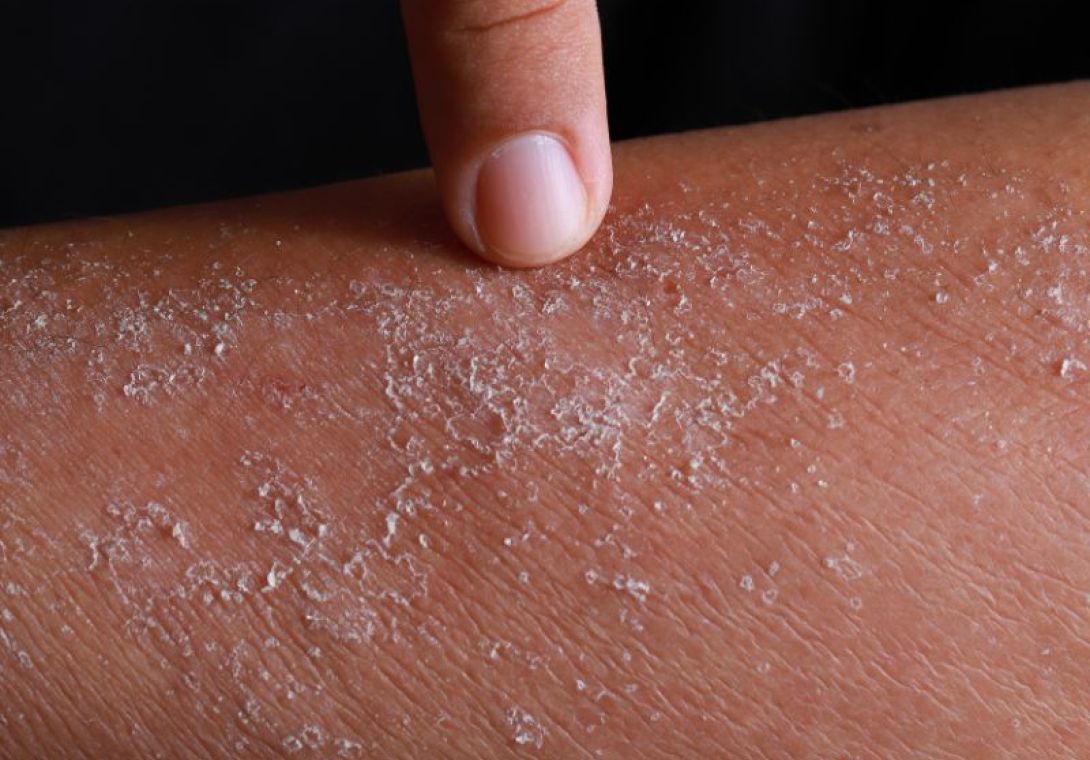
Eczema is a dermatological condition that progresses through periods of exacerbation and remission, characterized by redness, peeling of the skin, and itching. There are several types of eczema, such as atopic eczema, dyshidrotic eczema, and allergic contact eczema.
Atopic eczema typically starts in childhood but can persist into adulthood. It has a genetic basis, but certain environmental factors can contribute to its worsening. Treatment generally includes the use of appropriate emollients, topical or systemic medications (oral or, in more severe cases, injectable), and environmental measures.
The dermatologist plays a crucial role not only in diagnosing eczema, helping to distinguish it from other conditions with similar appearances, but also in providing the appropriate therapeutic approach for each case.
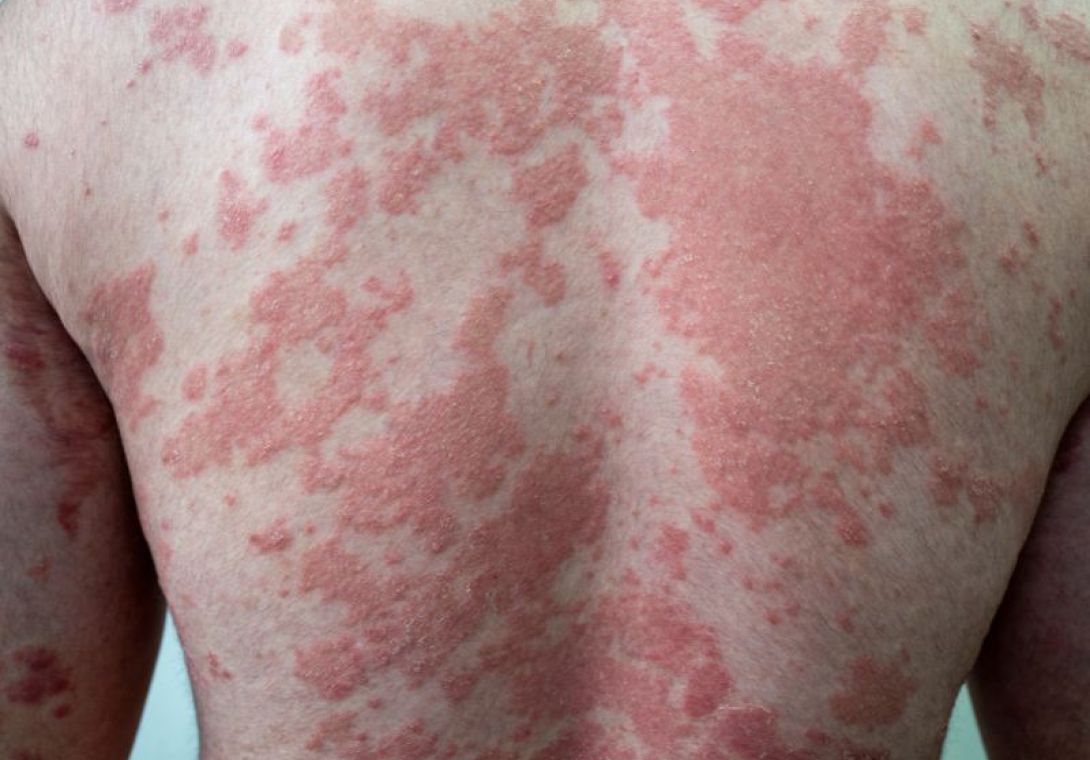
Psoriasis is a chronic skin condition characterized by the appearance of plaques (areas of thickened skin) with redness and whitish scales. These lesions can cause discomfort, itching, and, in some cases, pain. It can occur anywhere on the body but is most commonly found on the elbows, knees, scalp, and lower back. Although the exact cause of psoriasis is unknown, it is believed that genetic factors and an overactive immune response play a crucial role. Treatment, under the guidance of a dermatologist, may include topical therapies, systemic treatments, and phototherapy, helping to control symptoms and improve the patient's quality of life.
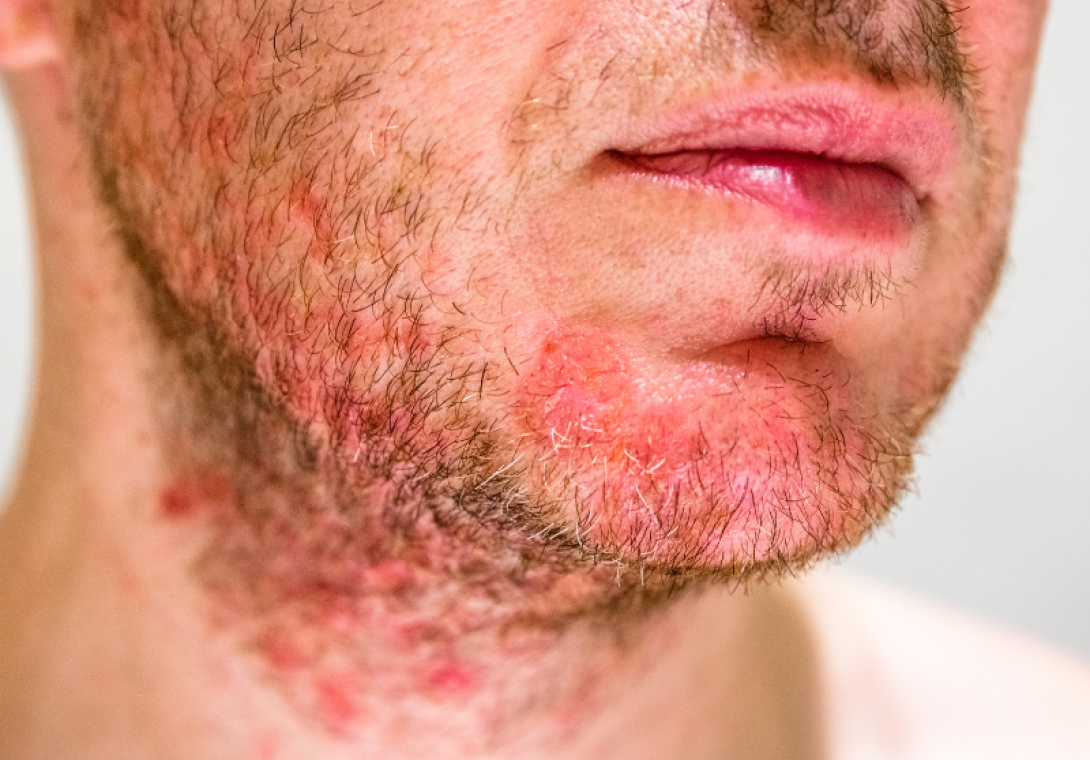
Seborrheic dermatitis is a chronic skin condition that causes flaking, redness, and itching, primarily in areas rich in sebaceous glands, such as the scalp, face (around the nose and eyebrows), and upper torso. It is caused by a combination of factors, including genetic predisposition and the overgrowth of certain fungi. Stress and climate changes can worsen the symptoms. Treatment, usually recommended by a dermatologist, may include medicated shampoos, antifungal creams, topical corticosteroids, or immunomodulators to control inflammation and flaking.
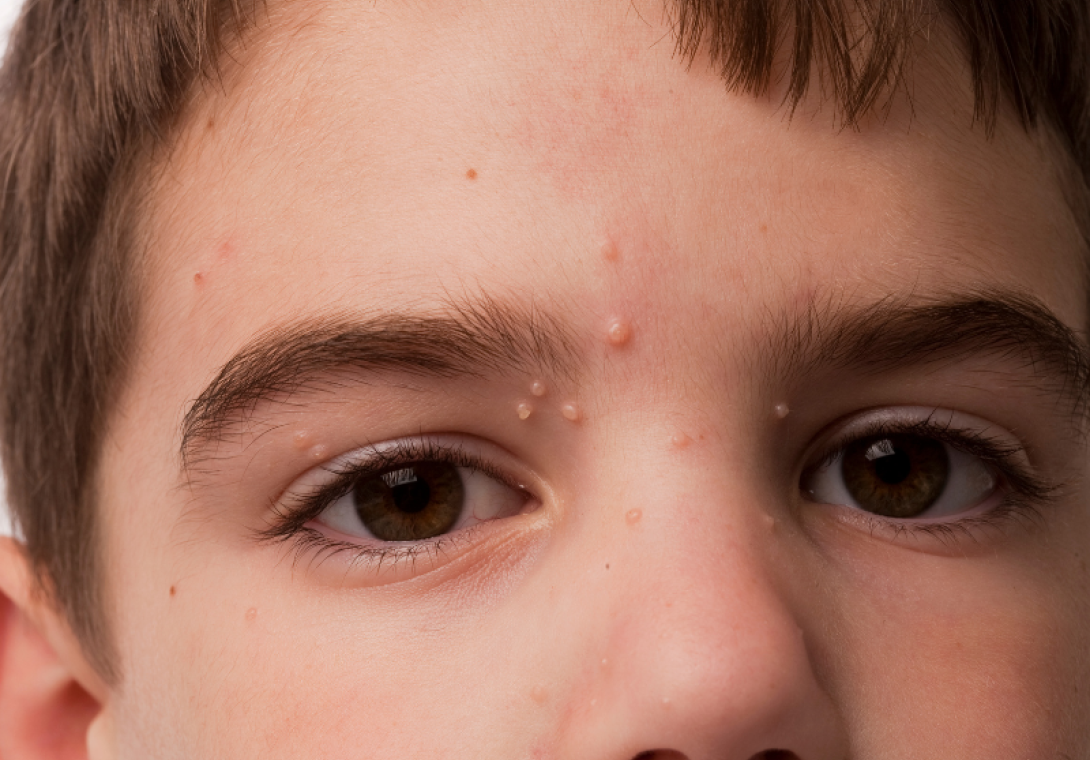
Molluscum contagiosum is caused by a viral infection. It is characterized by the appearance of small, whitish papules or nodules with a small central depression. Although molluscum can appear anywhere on the body, it is more common in areas such as the face, torso, armpits, and genital regions. The infection is more frequent in children, but it can also affect adults, especially those with compromised immune systems. Contamination occurs through direct contact with infected skin or contaminated objects. Treatment, supervised by a dermatologist, may include physical removal of the lesions, cryotherapy, or the use of topical treatments to speed up the resolution of the infection, which may sometimes resolve spontaneously.

A mole, also known as a "spot," is a benign skin lesion resulting from the proliferation of melanocytes, the cells that produce the pigment responsible for the color of the skin. Moles can vary in color, shape, and size, typically being brown or black, and may be flat or raised. Although most moles are benign, some can undergo changes over time, becoming asymmetrical, with irregular borders, color variation, or increased size, which can be a sign of malignancy, such as melanoma. It is important to regularly monitor moles, and in case of suspicious changes, consult a dermatologist for evaluation and possible removal.

